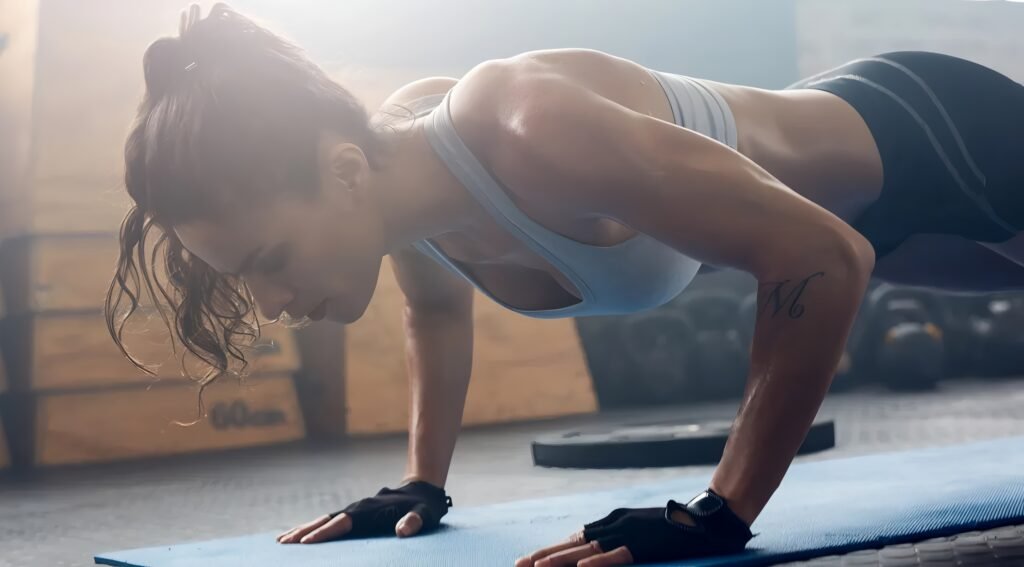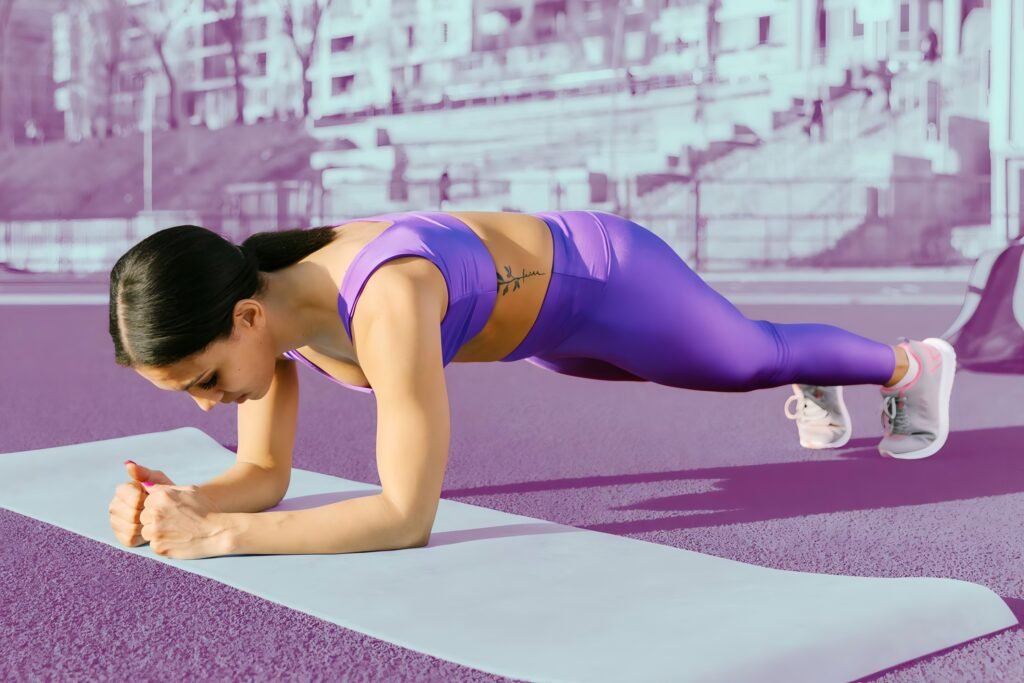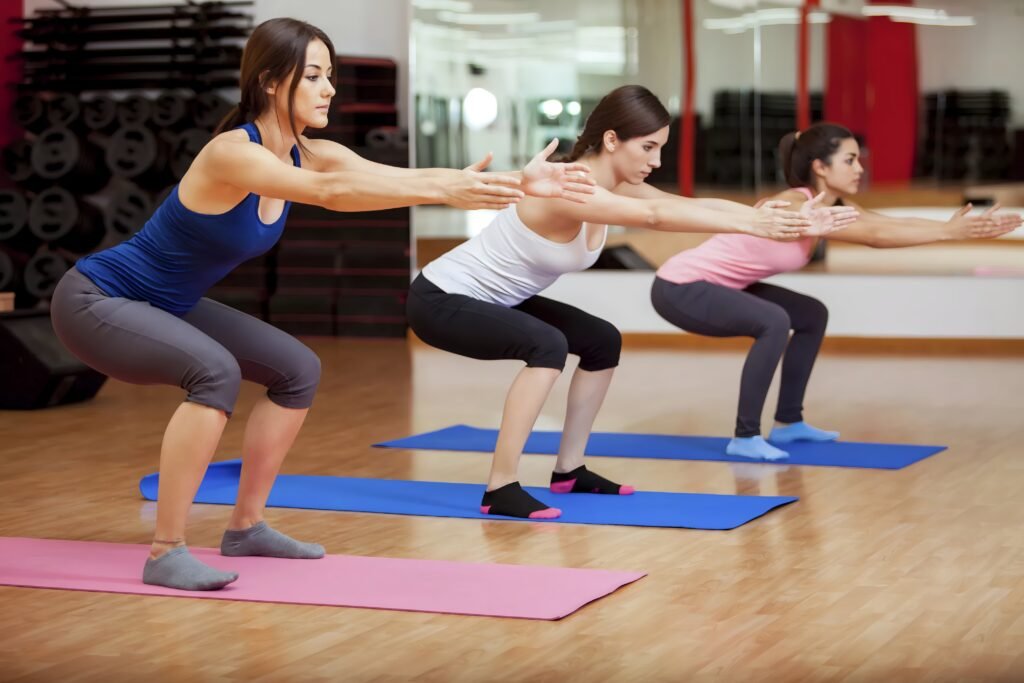1. Reverse Lunges: Strengthen Your Lower Body and Core

No equipment is needed for the reverse lunges exercise, so your lower body and core can be worked on simultaneously. Stand up straight with your feet shoulder-width apart. Then step one of your feet back while lowering your hips such that both knees are bent at approximately 90 degrees and your front thigh is parallel to the ground. Push through your heel to go back to the starting position and repeat on the other side. As you perform this exercise, your lower body strength will gradually improve, and your body balance and stability will get better as well, making these exercises great for home, office, and travel workouts.
2. Mountain Climbers: Cardio and Core in One Move

Mountain climbers, also known as running planks, provide a full-body workout and increase heart rate while working on your core, shoulders, and legs. In a high plank position with your hands placed shoulder-width apart, drive one knee to your chest. Switch legs in a running motion. This can be done quickly or slowly to increase cardio or core engagement, respectively. This workout can be done anywhere, even with only a small room, and is great for burning calories and building endurance.
3. Push-Ups: Skill and Power for the Upper Body

Push-ups are one of the best bodyweight exercises to build strength in the upper body and core. Begin in a plank position with hands a bit wider than shoulder distance. Lower your body till your chest is an inch away from the floor while keeping your elbows at a 45-degree angle, and then push up. Chest, shoulders, triceps, and core are all trained during the exercise, and it can be tailored to nearly any fitness level. Push-ups can be done at home, in hotel rooms, in parks, or anywhere that bodyweight exercises can be done.
4. Planks: Core Strength and Endurance

The plank is one of the basic exercises for the strength and endurance of the core. While there are many ways to do this exercise, let’s begin with the most common form: Lie face down on the mat, then prop yourself up on your forearms and toes, keeping your body in a straight angle from head to heels. Maintain the position while tightening the abs and keeping the hips and lower back neutral. While doing planks, all the major parts of the core are engaged, that is, the abdominal muscles, the obliques, and the lower back; they also assist in better posture and in preventing injuries. They are beneficial in posture improvement and aiding injury prevention and can be performed anywhere, anytime, even in small bursts of endurance in muscle retention.
5. Squats: Toning All Over

Your legs and glutes will benefit from squats, as they are a power move. Your core is also engaged. Feet should be hip-width apart. The chest should be up while your knees are being pressed behind your toes. Lower your hips back while sitting into an imaginary chair and returning to standing by pushing through your heels to stand fully upright. Slow down for more muscle engagement or add jumps for intensity to suit your level. Functional mobility and strength are supported through regular squats for all ages.
The workout comprises mountain climbers, reverse lunges, and planks, which cover different parts of the body. Unlike other fitness routines, this one allows you to train at your own pace and carry out exercises regardless of your location.











